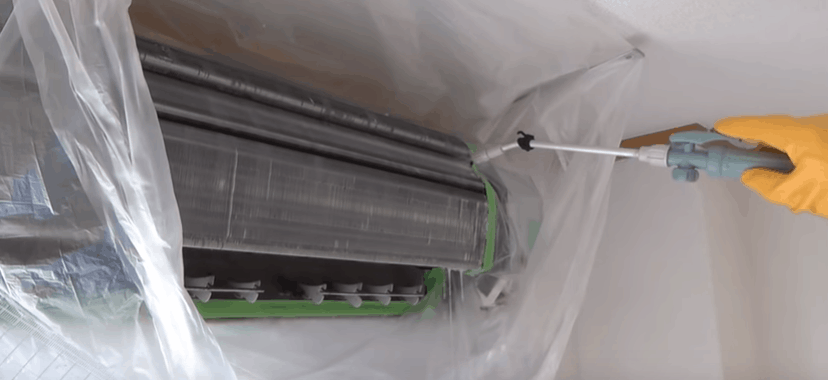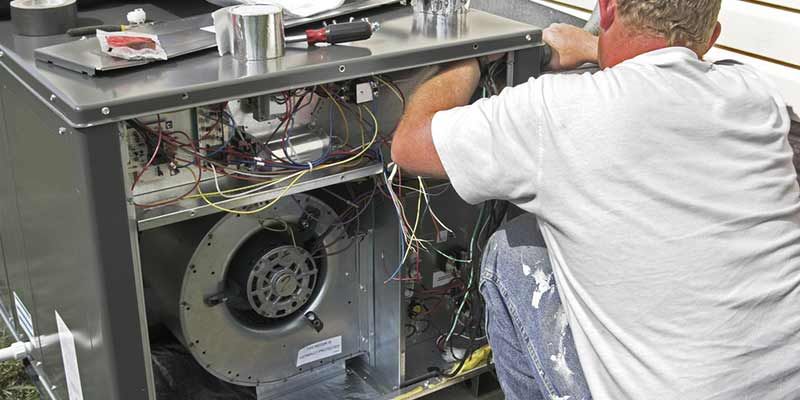
Air Conditioning Installation: A Comprehensive Guide
Upgrade your home’s cooling system with our professional air conditioning installation services, ensuring optimal performance and efficiency. Trust our expert team for seamless air conditioning installation that keeps your home comfortable all summer long.
Want to install central air conditioning in your home? There are many things to think about. This includes setting up ducts, handling refrigerant, and tweaking the thermostat settings. It's best for a qualified HVAC expert to do this work. They are skilled in these areas, making sure your AC investment works well. This guide will walk you through the important steps and tips for putting in a central AC unit.
Key Takeaways
- Central air conditioning installation involves numerous steps, including ductwork, refrigerant handling, and thermostat programming.
- A licensed HVAC technician is essential to ensure proper installation and optimal system performance.
- Federal law requires a minimum SEER (Seasonal Energy Efficiency Ratio) of 13 for central air conditioners.
- The cost and timeline of central AC installation can vary significantly, with ductwork installation potentially doubling the expenses.
- Careful consideration of the indoor and outdoor unit placement is crucial for efficient operation and noise reduction.
Assessing Your Home's Air Conditioning Needs
Picking the right air conditioning is key to your home's comfort, saving energy, and money. A Manual J load calculation is usually the first step. It was created by the Air Conditioning Contractors of America to size an air conditioner correctly. This calculation considers aspects like your home's design, insulation, and the openings to figure out what AC system you need.
Understanding Cooling Load Calculations
Finding the correct AC system size is crucial. If it's too big, your system will switch on and off a lot. This leads to uneven cooling, high energy bills, and early system failure. But, if it's too small, your home may not cool down as needed, which can be uncomfortable and costly.
Evaluating Existing Ductwork and Insulation
Many homes have a split system with parts inside and outside. Inside, there's the blower and evaporator coil. Outside, you'll find the condenser coil and compressor. They are joined by refrigerant lines. For houses without ductwork, you might go for a ductless mini-split system instead. It has an outside unit and units indoors for better control over temperatures and energy use.
Choosing the Right AC System for Your Home
A heat pump is a versatile option for heating and cooling. It can warm your home by pulling heat from the air, or cool it by moving heat outside. A geothermal system does the same, but it uses the earth's heat. A packaged air conditioner can be placed on the roof, combining an AC unit and a heat pump. This option saves indoor space and is popular in larger buildings.
Get a free quote
Contact Us
We will get back to you as soon as possible.
Please try again later.


SPEAK TO A TEAM MEMBER TODAY
Website built and manage by You 1st Inc.
